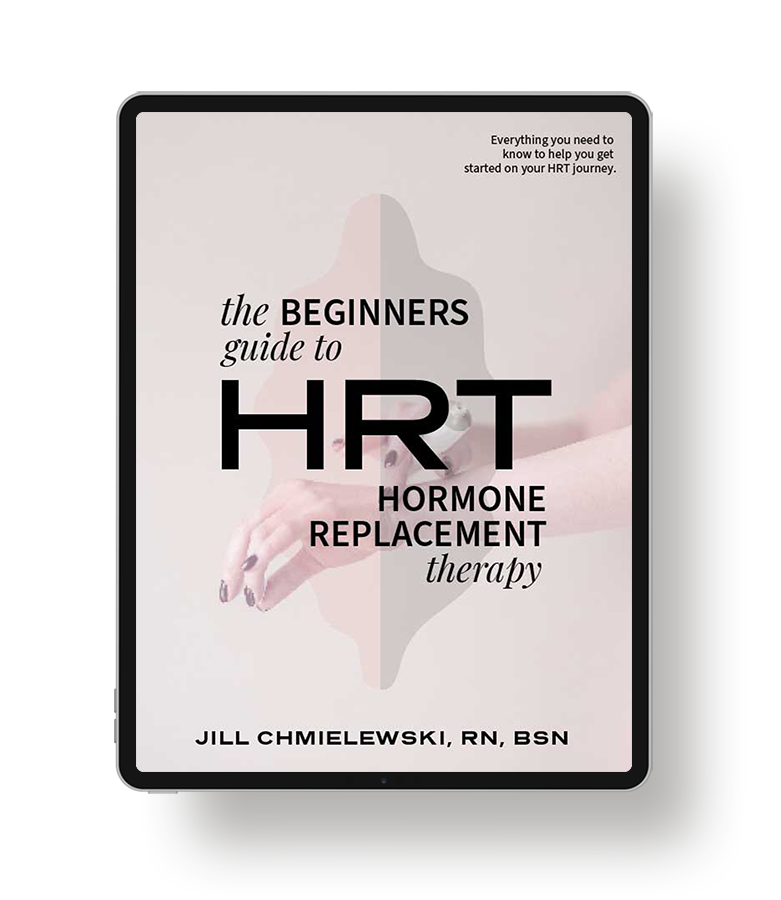It may be time to measure your belly fat.
While your BMI (body mass index) may be a good way to determine whether your weight is healthy for your height, your waist circumference and the excess of VAT (visceral adipose tissue), also known as “belly fat”, may be the best predictor of future disease.

The fat cells in your belly are a different kind of fat cell than those found in other areas of your body. VAT is considered to be its own endocrine organ due to the fact that it has the ability to override and disrupt many of your normal body functions.
VAT cells release chemical signals, namely hormones, cytokines, and adipokines that drive insulin resistance, increase blood pressure, increase inflammation, increase the risk for certain cancers, and are generally associated with metabolic syndrome, increasing your risk for type 2 diabetes and cardiovascular disease.
VAT cells are essentially pro-inflammatory, and excess VAT has even been linked to the development of Alzheimer’s Disease and dementia. In fact, there is growing evidence to suggest that the larger the belly, the smaller the brain (less brain function and poorer cognitive function). Many researchers believe that the onset of Alzheimer’s Disease begins 20 years before there are any signs or symptoms, giving us just one more reason to pay closer attention to our growing bellies.
When we talk about VAT, we are talking about the gel-like fat…. the kind of fat that doesn’t jiggle, but lies deep beneath your abdominal muscles and wraps itself around your major organs, including your pancreas, liver, and kidneys. Although an “apple shape” or “beer belly” figure are classic signs of too much VAT, anyone can have VAT without even knowing it.
So, how do I measure my belly fat?
In a medical or research setting, VAT can be measured using CT scan or MRI, but in the home setting, you can get a rough estimate of your VAT by measuring your waist circumference.
It’s simple!
Take a standard flexible fabric tape measure, and starting with the top of your right iliac crest (that’s the top of your right hip bone), bring the tape measure all the way around your body, level with your belly button. For an accurate measurement, be sure that you are not measuring around your ribcage….that is not your actual waist, and will give you a false reading. For men, your waist should measure no more than 40 inches, and for women, no more than 35 inches.
If you fall within the “normal” category, that’s great news! Keep on doing what you are doing.
If you fall outside of the normal range, it’s time to take simple steps to reduce belly fat.
Here are the best ways to reduce belly fat:
1. Make dietary changes to reduce unwanted belly fat
When we consume foods that are high in sugar or simple carbs (think white bread, pasta, chips), our pancreas secretes insulin to keep up with the high blood sugar that results. If there is excess sugar, our body stores the excess sugar as fat, oftentimes visceral fat. VAT causes insulin resistance, and cumulatively over time, our body no longer responds efficiently to the effects of insulin, so that blood sugars remain high, and even MORE insulin needs to be secreted. Hence, a vicious cycle ensues.
Choosing real foods like lean grass-fed meat, free-range poultry, and healthy, low-mercury fish, increasing vegetables and fruits, and incorporating whole grains (not the white starchy stuff) into your diet, while reducing sugar, can have a huge impact on VAT reduction.
Eliminating just one soda per day can result in 15 pounds of weight loss per year, and saying “no” to that one cup of juice per day can lead to 12 pounds of weight loss in just one year. “Crowding out” the junk food, and replacing it with nutrient dense food will not only decrease your VAT, but will positively impact your overall health.
2. Exercise can help reduce belly fat
Exercise improves insulin sensitivity, reduces abdominal and visceral fat, reduces inflammation and improves our metabolism. Not to mention that regular physical activity strengthens your muscles and improves your heart and lung function (an added bonus). Choosing a mix of exercises that include high-intensity training workouts (short bursts), weight training, brisk walking, and other aerobic exercises will mobilize the VAT more quickly. The important thing is to choose exercises that work for your body and to be consistent.
If exercise is not your thing, then start small…..a 30-minute brisk walk with a friend, taking the stairs instead of the elevator, or a bike ride to the grocery store, if done consistently, can add up to big changes over time!
Experimenting with different styles of physical activity, and listening to your body’s feedback will ensure that you are choosing an exercise routine that suits you. When you enjoy an exercise, you are more likely to incorporate it into your regular routine. Not only will you start to see changes in your body, but you will increase your energy and improve your mindset too!
3. Stress management is key for reducing belly fat
Cortisol is a stress hormone secreted by the adrenal glands which sit on top of our kidneys. We naturally secrete cortisol throughout our day, but we also secrete cortisol in response to stress (think fight or flight).
The problem arises when our bodies are under chronic stress, and the natural mechanism of action that would turn off this stress hormone remains on. Chronically high cortisol can contribute to an increase in VAT. (It’s worth mentioning that 95% of all diseases are caused by, or worsened by stress).
Meditation, exercise, and yoga can significantly improve your stress levels, and in turn, reduce cortisol levels. A good night’s sleep is critical in supporting a positive mental state of mind, and in stabilizing our appetite hormones too.





